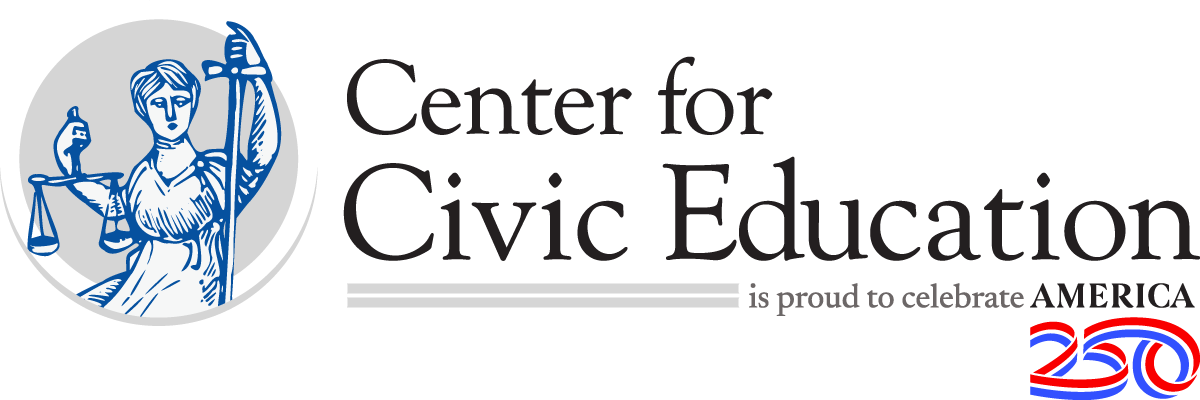|
Bill of Rights: Freedom of Expression |
|||
| GRADE LEVEL(S) |
Upper elementary to middle school
|
TIMEFRAME |
1-2 class periods plus 1 summative assessment
|
|
ALIGNMENTS |
TEXTS/MATERIALS |
||
|
National:
We the People: The Citizen & the Constitution
Educating for American Democracy (EAD) Roadmap:
|
|
||
|
COMPELLING QUESTION |
|||
|
Do we really have freedom of speech? |
|||
|
SUPPORTING QUESTION(S) |
|||
|
How has our freedom of speech changed over time? |
|||
|
LESSON OBJECTIVES |
VOCABULARY |
||
|
|
||
|
TEACHER BACKGROUND |
|||
|
|||
|
SEL FOCUS |
|||
|
Students will develop their responsible decision-making by
|
|||
|
ASSESS & AUTHENTICALLY ENGAGE |
|||
|
|||
About
 This site is brought to you by the Center for Civic Education. The Center's mission is to promote an enlightened and responsible citizenry committed to democratic principles and actively engaged in the practice of democracy. The Center has reached more than 30 million students and their teachers since 1965. Learn more.
This site is brought to you by the Center for Civic Education. The Center's mission is to promote an enlightened and responsible citizenry committed to democratic principles and actively engaged in the practice of democracy. The Center has reached more than 30 million students and their teachers since 1965. Learn more.
Center for Civic Education
5115 Douglas Fir Road, Suite J
Calabasas, CA 91302
Phone: (818) 591-9321
Email: web@civiced.org
Media Inquiries: cce@civiced.org
Website: www.civiced.org




